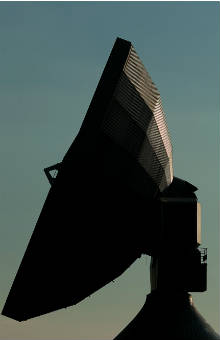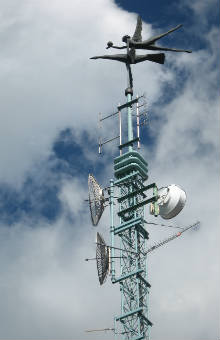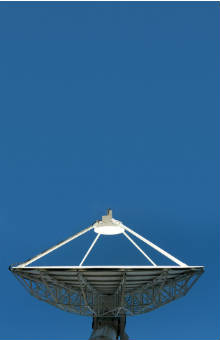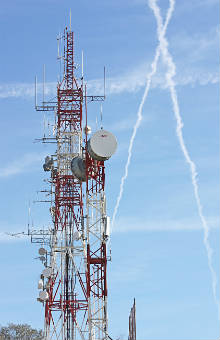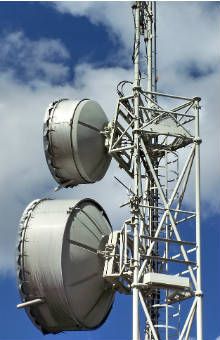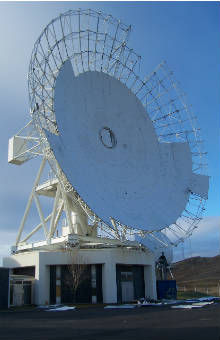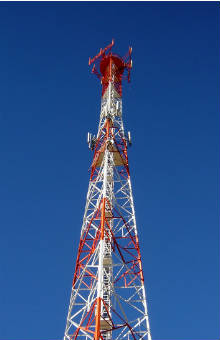- Hyperthermia Systems
- Superficial – Intraoperative hyperthermia systems operating at 433 MHz
- Deep hyperthermia systems operating at 27 MHz
- Computer controlled, multi-element phased array hyperthermia system operating at 433 MHz
- Interstitial hyperthermia systems using microwave dipole antennas to be applied in conjunction with brachytherapy with ten (10) independent channels
- Imaging of Evoked Brain Potentials
- Real-time evoked potential tomographic system
- Reconstruction of evoked brain potentials
- Biological Tissue Imaging Using Non-Ionizing Radiation
- Diffraction tomography system
- Microwave Radiometry – Imaging of Excitable Tissues – Brain
- Assessment of Human Body Exposure to Telecommunication and Radar Systems Electromagnetic Radiation
- Computational dosimetry
- Experimental dosimetry using biological tissue phantoms
- Medical Image Processing
SEGMENTATION AND 3-D RECONSTRUCTION OF VARIOUS MEDICAL DATA
Development of Medical Image Processing Techniques
One of the main research activities of the MOI Laboratory is the development of medical image processing software for various applications. Within the framework of Greek and European research projects, integrated software packages have been developed for the:
- segmentation of anatomical structures from 2D and 3D CT, MRI and SPECT data using adaptive techniques,
- automatic processing of radiographic image (x-rays) for orthopaedic applications,
- surface triangulation and realistic visualization of anatomical objects from 3D medical data in WWW compatible format,
- automatic registration of medical images (ophthalmologic, dental tomographic data, etc),
- volume rendering for visualization of volumetric medical data,
- visualization of 4D MR cardiac data,
- 2D and 3D registration and fusion of medical data.
 MFOL has been extensively involved in various projects and research activities for processing medical data. 2D and 3D algorithms have been developed for enhancing, segmenting, and interpolating various medical data based on linear and non-linear techniques.
MFOL has been extensively involved in various projects and research activities for processing medical data. 2D and 3D algorithms have been developed for enhancing, segmenting, and interpolating various medical data based on linear and non-linear techniques.
The extended clinical utilization of imaging systems such as Computed Tomography (CT) systems, Magnetic Resonance Systems (MRI), gamma camera (SPECT) etc, makes the development of software for the fusion of medical data a very important task. The multidisciplinary information obtained by the above imaging systems (anatomic (CT), physiologic (MRI), functional (SPECT)) can be fused in a unique image of greater diagnostic value. Therefore, algorithms for the three-dimensional registration and fusion of medical data, obtained by various imaging modalities, have been developed by the group. The software makes use of various geometric and elastic transformations as well as advanced techniques of global optimization. Recently, software for the registration and fusion of fluoroscopic images of retina has been developed.
One of the main research topics that the MOI has also involved is the development of advanced algorithms for 3D and 4D reconstruction of medical data. The algorithms are based on surface rendering techniques, such as a novel implementation of the Marching Cubes algorithm and the output are various objects of the human body in Virtual Reality Modeling Language (VRML) format. Consequently, an environment for the visualization and manipulation of these data has been created.
